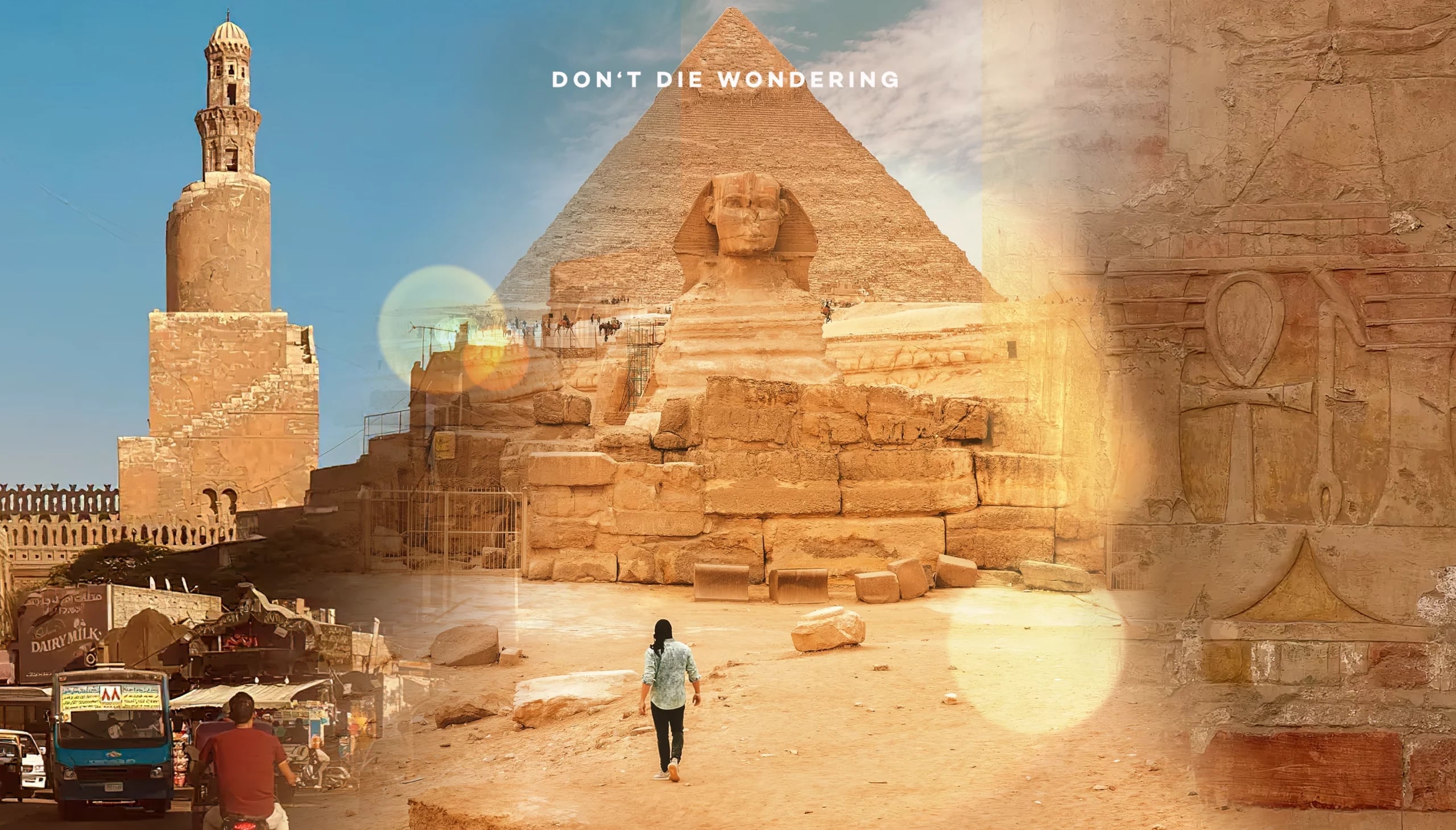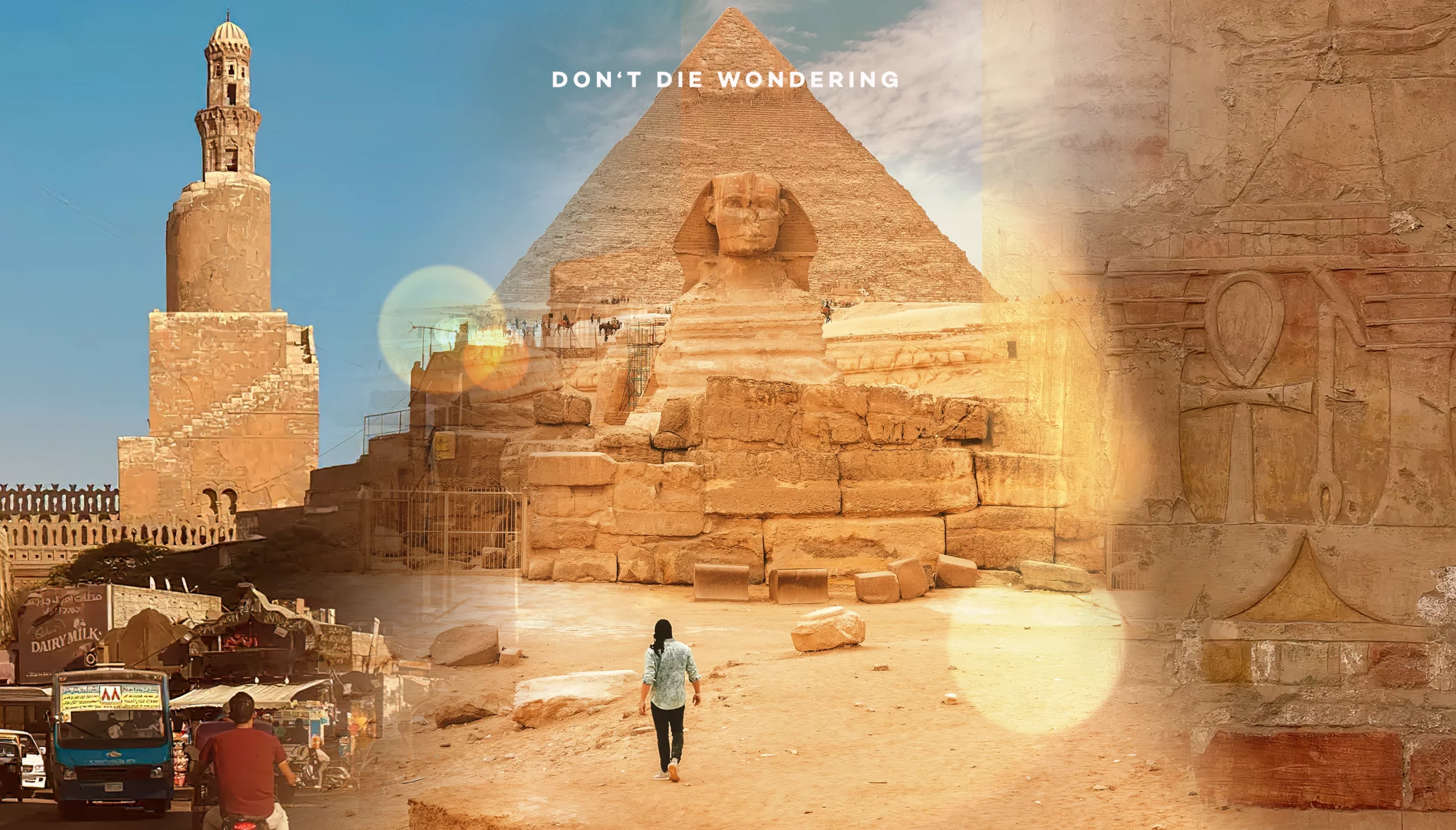Discover why New Age seekers flock to Egypt for spiritual growth, exploring ancient temples, sacred rituals, and cosmic connections.
People go to Egypt for lots of reasons: the pyramids, the desert, and the resorts by the Red Sea coast. But for a select few, some of the world’s most ancient sites provide an added appeal: a significant spiritual connection to the ancient civilisations. If you think about it, it makes sense. The Egyptians were masters of symbolism, wielding rituals and aligning themselves with the unseen forces of the cosmos. Their temples, pyramids, and sacred texts brim with knowledge of this unseen world, making Egypt a potent destination for those seeking spiritual growth and personal transformation.

These seekers are captivated by the sacred geometry and celestial alignments of the Egyptian monuments, which resonate with their beliefs in cosmic connections and universal harmony. Many engage in meditative and healing practices at these revered sites, believing the ancient energy fields enhance their spiritual experiences. The journey to Egypt is often seen as a transformative pilgrimage, promising personal awakening and a profound connection to the wisdom of the ancients, all within a supportive community of like-minded travelers.
But what exactly does this crowd of tourists believe in, and what practices do they engage in? They immerse themselves in a blend of meditation, yoga, and rituals inspired by ancient Egyptian traditions, aiming to tap into the spiritual energies they believe are concentrated in these historic sites. Through these practices, they seek personal enlightenment, healing, and a deeper understanding of the cosmos and their place within it.

The Sacred Rituals
Temple of Abydos
This temple is deeply connected to the concept of eternal life and the Flower of Life symbol. Visitors often participate in meditations involving tracing the Flower of Life, a symbol representing unity and creation. Meditative practices here involve connecting with beams of sunlight in the temple, visualising the light traveling through their body to awaken their eternal nature.
Participants might also leave symbolic offerings, such as flowers, fruits, or personal tokens, as acts of devotion and connection to the ancient deities worshipped at the temple.
Temple of Sakkara
Known for its connection to abundance and sacred symbology, Sakkara offers meditative practices that include breathing exercises and drawing the Pyramid Texts. These practices help participants connect with their Ka (life force) and integrate the teachings of ancient symbols into their personal journey.
Phil Temple
At this temple, visitors focus on divine love and pure love consciousness. Meditations often involve working with sound currents and breathing exercises designed to awaken love and brilliance within the practitioner. The acoustics of the temple are used for sound healing, with participants chanting mantras or sacred sounds that resonate with the frequencies of the temple. Participants often also engage in ceremonies dedicated to Isis, focusing on divine love and healing. Rituals might include the use of water from the Nile, symbolic offerings, and invoking the energy of Isis to awaken compassion and inner strength.
Karnak Temple
This site is significant for aligning with one’s signature energy and purpose. Meditation practices at Karnak include journeys to the Sacred Lake, where seekers connect with the vibratory match of their essence and engage in rituals to resonate with their true purpose. Rituals here often also include invoking the ancient gods and goddesses, particularly Amun-Ra. Ceremonies may involve offerings, chanting, and symbolic acts to align with the temple’s energy and seek blessings for personal transformation.



